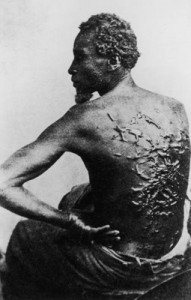
Figure 1 – Peter, 1863, an African American slave from Baton Rouge shows the scars inflicted by his overseer. Photographer unknown. Image is in the public domain because of its age.
Those of you who have seen Steven Spielberg’s new movie: “Lincoln.” may recall the scene where little Tad Lincoln is lying by the fire looking at lantern slides. He ponders for a moment, fixated by the horrible image of a beaten slave. This is an actual and infamous abolitionist image of an ex slave from Baton Rouge, named Peter, who bears the scars, brutally inflicted by his overseer.
The photographer is unknown. The image is brilliant. Written on that poor man’s back is the history of his life, indeed the history of his people. In one still image the photographer speaks to us of the immeasurable cruelty of slavery, and of unspeakable toll that it takes on its victims.
Slavery was abolished in the British Empire in 1833. As a result photography could play no role as its chronicler. Of course, as we have seen through the brave work of Lisa Kristine and others, it continues to this day. In the United States, the abolitionist movement and the American Civil War were contemporary with the invention of slavery. As a result, we can today still see the effects, the reality, and the after effects of slavery and subsequent Jim Crow documented in vivid images.
As for Peter, he was freed and went on to fight in the Union Army against slavery. That unequal justice is also documented in Spielberg’s “Lincoln,” in Ken Burns’ “The Civil War” and in Edward Zwick’s 1989 film “Glory.”
